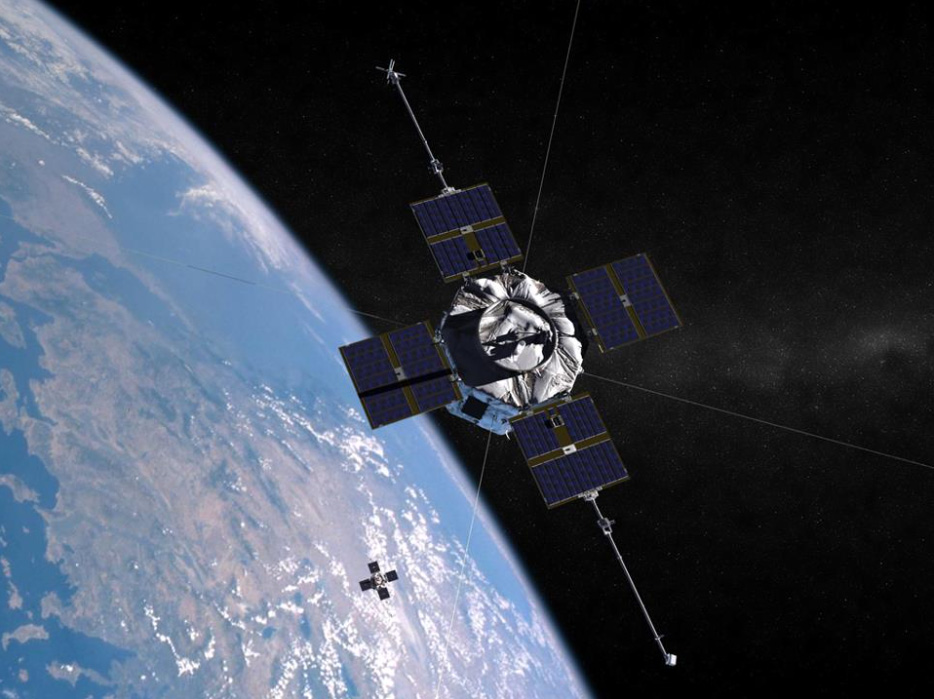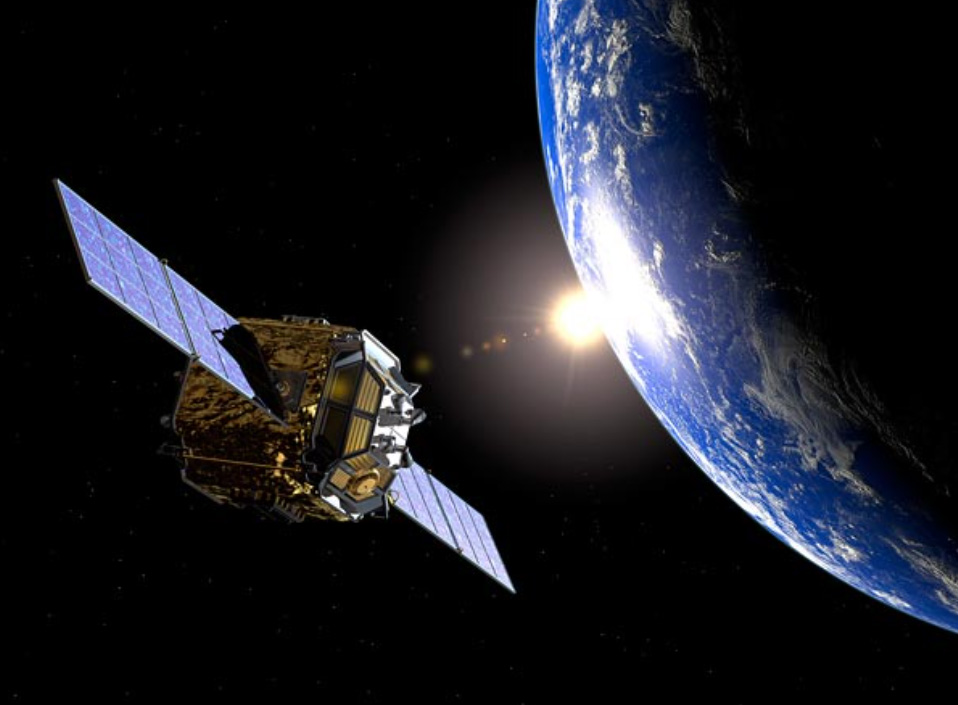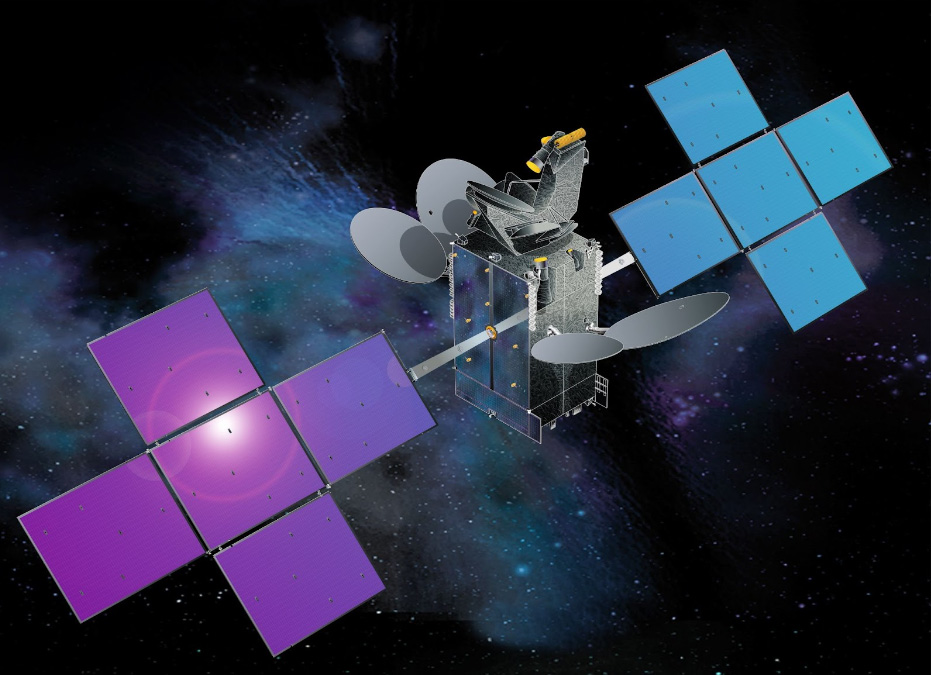How do Satellites Work, and What Are They Used For?

Satellite launches have long ago ceased to be something extraordinary, as more and more private spacecraft get deployed into respective orbits every month. But how do satellites work? To answer that, we should first answer — what are satellites actually used for? So, let’s get started!
Top Uses of Satellite Systems & How They Work
Most spacecrafts we have in orbit now are used for communications, broadcasting data, navigation, and observing our planet. Earth-observing satellites (EOS) can, in turn, serve multiple purposes — from predicting weather to monitoring any natural changes our planet is going through (i.e., climate change).
Regardless of a satellite’s particular purpose, any spacecraft is equipped with receivers and transmitters so that it can capture data and send it back to Earth for analysis. To work properly, it should consist of:
- Payload that includes a variety of scientific tools and equipment tailored to this spacecraft’s goals;
- Platform that includes an energy source, onboard computers, orientation systems to adjust spacecraft position in orbit, and a thermal control system to maintain the proper temperature for all of the system’s operation.
Now that you have some idea of how complex the spacecraft system is, let’s answer — how do satellites work?
How Do Communications Satellites Work?
Over five thousand satellites, which is more than half of all spacecraft orbiting our planet, are communication devices. They ensure we all enjoy access to the internet, TV, and mobile networks. Communication satellite transmission happens over large distances, sometimes up to 15 thousand kilometres, with the help of an amplifier. So, onboard radio equipment in space receives signals from ground stations, amplifies them, and sends data back to Earth.
This is exactly how most TV satellites work — they send data to the TV station, which retransmits it to consumer antennas. Depending on satellite bandwidth, the size of receiver antennas (aka dishes) may vary, but the general logic remains unchanged. To make sure the signal is not delayed, TV satellites are located in geostationary orbit (GSO), at over 36,000 km above our planet’s equator. At this altitude, the spacecraft’s rotation speed is exactly the same as Earth’s rotation, which means that the satellite’s position regarding ground equipment is always fixed.
How Does Space Internet Work?
Internet constellations in space work very similarly to TV satellites, even though they are located at lower altitudes. However, these constellations will consist of many devices that would ensure a large ground coverage area. Starlink, for example, can ensure up to 1GB speeds within an 800 km distance from the ground station. But even this may soon change because, according to Elon Musk’s company has already started experimenting with laser communications and has even made certain progress in this direction.
Do Cell Phones Work With Satellites, Too?
Yes, they do; but mobile phones do not. Even though ‘cell’ and ‘mobile’ are often used interchangeably, they work using different technologies. Most of the phones we use now are mobiles that work through a network of ground-based stations built and maintained by different operators.
Cell phone technology that works via satellites predates mobile phones but is not so widely used right now. A cell phone, aka satellite phone, transmits radio waves to spacecraft and needs a rather larger antenna to ensure an uninterrupted signal. These phones generally have wider coverage than mobiles we use today, and they rely on navigation spacecraft to transmit signals. And if so, the next question is — how do navigation satellites work?
How Does Space Navigation Work?
Navigation spacecraft work by finding objects that transit radio signals on Earth. These could be our mobiles using any online maps or signal transmitters installed on aircraft and ships. Any space navigation segment will rely on three main components — the satellite in space, the antenna network on Earth and the user’s portable receiver (i.e., mobile phone with geolocation activated). Depending on the user’s SatNav system (GPS, Galileo, Glonass, etc.), signal distribution may be somewhat different, but the logic and accuracy rates work more or less the same.
How Do Weather Satellites Work?
Weather forecasts also work with satellite technology, and even though they are not always 100% accurate, they do give us a more or less coherent picture of what to expect. Weather satellites scan our planet, measuring its infrared temperature and reflected light. These pictures are spacecraft sent to Earth for analysis. To ensure larger area coverage, these satellites are generally placed in GSO or polar orbits.
These are only some examples of how space tech works and what it is used for. As you can now see, plenty of habitual daily perks rely on satellite technology, and this dependence should only grow as we advance with space science. This also means that soon enough, satellites may well start to work very differently compared to how they work now.



